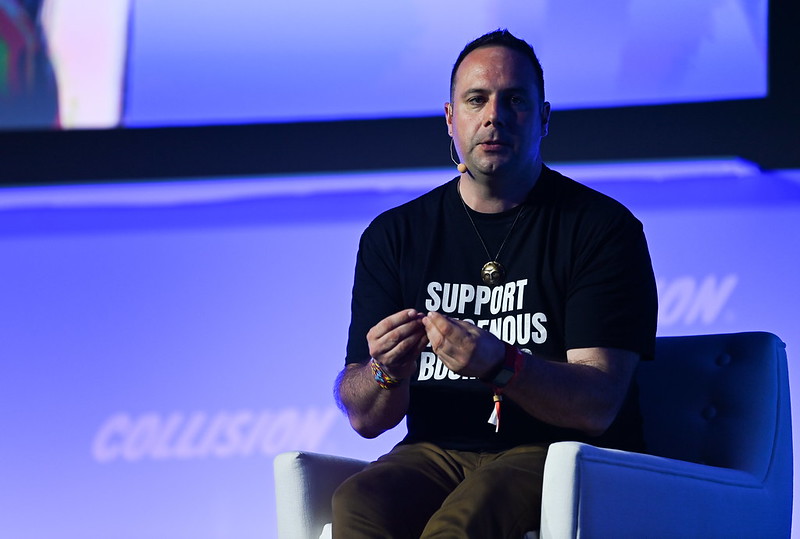Memory Project Archive
Samuel Hearns (Primary Source)
See below for Mr. Hearn's entire testimony. Please be advised that Memory Project primary sources may deal with personal testimony that reflect the speaker’s recollections and interpretations of events. Individual testimony does not necessarily reflect the views of the Memory Project and Historica Canada.















